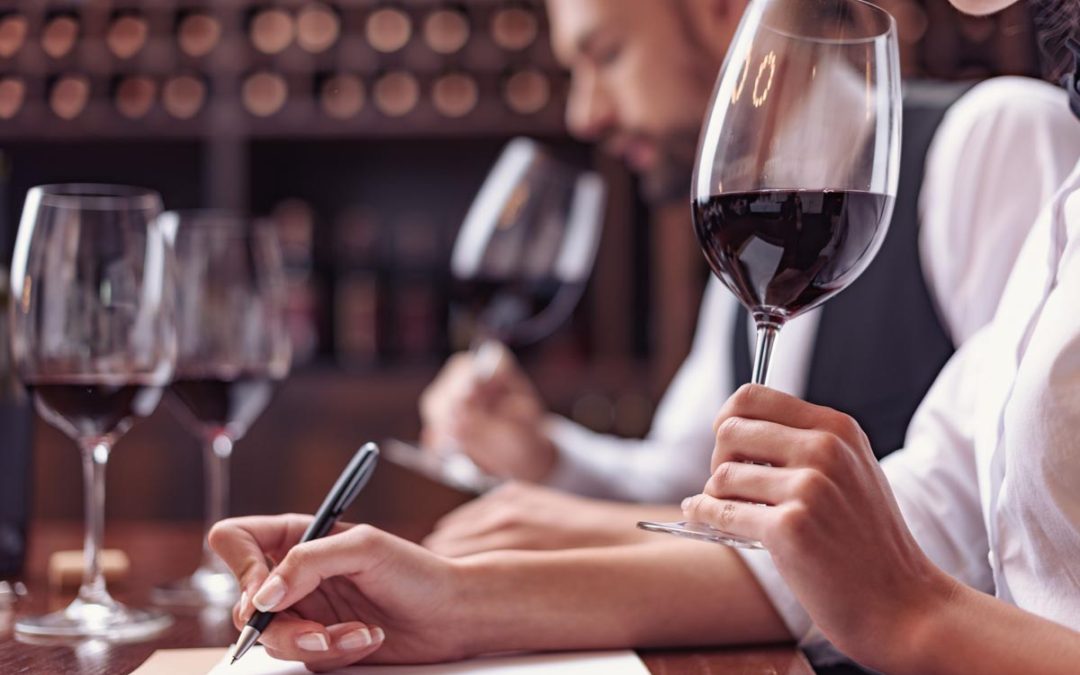For many people within the wine world, the history of wine is a great passion and, although many others overlook it, we assure you that it is very useful to know about it. So, if you want to know everything about wine, keep reading because you will find out it is something truly interesting.
The history of wine: from ancient Egypt to present day
Wine was already present in ancient Egypt and, today, apart from being one of the oldest known drinks, it is also one of the most appreciated beverages. It is not exactly known how it was first produced but the most likely explanation is that it was by accident. For some reason, grapes might have fermented and somebody might have tried the subsequent liquid, thus resulting into wine.
During the Middle Ages, vine growing and oenology were controlled by Christian monks, who considerably improved the production system. Furthermore, as middle-class grew, the quality of wines improved too. In Spain, wine bottling started in the 19th century, with La Rioja as the pioneering region. Since then, the wine innovation and production process has been modernised and, as a result, we can enjoy some wine wonders nowadays.
Everything about wine: the art of wine knowledge.
The wine world is very wide, so getting to know everything about wine takes some time. However, there are certain key points that anybody can be aware of in order to have a general knowledge about wines and thus being able to start out successfully in this world.
The grape
Grapes are generally colourless and it is the skin what provides colour in the fermentation. Hence, except for some exceptions, red grapes are for red wines and white grapes for white wines.
The wine
The different types of wine are usually told apart by their sweetness and age. If we look at the age, and the type of ageing, we can have one of the following wines:
Young wines: these wines have been produced the same year of the one shown on the label.
Semi-aged wines (semicrianza): these wines have been stored for a short amount of time in wooden barrels. In this case, the exact time has to be indicated.
Vintage wines (crianza): these wines need 2 years of ageing with at least 6 months in barrel.
Reserve wines: for white and rosé wines, the conditions are the same as for vintage (crianza) wines. On the other hand, red wines need an ageing of 3 years with at least one in barrel.
Grand reserve wines: white and rosé wines need an ageing of 4 years with at least 6 months in barrel. Red wines need an ageing of 5 years with at least 18 months in barrel.
It must be highlighted that these considerations may vary slightly depending on the Appellation.
The tasting
When tasting a wine, the first thing that comes into play is the eye, then the nose and finally the mouth.
The eye has to focus on the colour, the volume and the movement. Therefore, it is advisable to carry out the tasting on a white surface so colours can stand out more.
The nose has three perception stages. The first one needs the glass to be unmoving in order to pick up the aromas that are first released and find the ageing methods. In the second one, the glass needs to be gently shaken to bring up the main aromas. And lastly, the bottom aromas, which need some extra time to be discovered. Finally, the mouth stage allows sampling the wine in all its splendour.
As you can see, wine never fails to surprise. Besides, it is a topic that can be good to begin a conversation or to chat with pundits since the wine culture is increasingly widespread. So do not doubt to learn more about wine, it is another item to add to your general knowledge.

